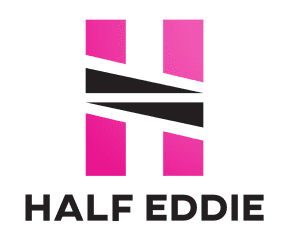Online shopping, which was already fast-growing before the Covid-19 protocols, overwhelms purchases in-store in just a couple of years, but which sectors should entrepreneurs concentrate on? Nasdaq predicted in 2017 that these sections of ecommerce categories would count for 95% of purchases by the year 2040. That remarkable market-transition prediction was accelerated by the pandemic despite the strict protocols for health and safety in place to bring people into stores, most are inclined to shop online. Shopping trends differ from country to country, but then there’s ecommerce which enables a global marketplace, with increased opportunities for business success, for top-performing brands. A recent analysis, ranked categories in terms of worldwide revenue and the top five are:
1) Fashion

The biggest ecommerce segment is fashion, with consumers spending $760 billion this year. Over 25% of consumer spending online is on fashion, and volumes will increase. Closure of retail stores during the lockdown moved purchases online with people spending much more. A recent survey found 11% of consumers spent more money on clothing than before the pandemic, a 5% net increase from 2019. A critical consideration is fashion attracting more customers battle is less about brand names and more about memorable customer experiences and in a highly competitive sector, online start-ups have a fair chance at success.
2) Toys, Hobbies and DIY
Unemployment surges, home schooling, and greater isolation rules pushed many to toys, DIYs or hobbies to spend time with over $591 billion of online spends in 2021 is expected. In the 2nd quarter of 2020, Michaels, saw a net sales increase of 11.1%, with a 353% increase in e-commerce sales. Across the Atlantic, UK-based Hobbycraft reported a 200% boom in online sales since the pandemic. Even as lockdown conditions ease, and as more people value diversifying t abilities and activities, these trends may not wane.
3) Electronics and media

This sector estimates $542.2 billion in sales this year. In May, first-quarter consumer spending on home entertainment was up 10%, with subscription streaming booming and this growth didn’t include premium video-on-demand, which Variety described as economic and logistical necessity as movie theaters closed.
4) Food and personal care
Sales will reach $468.5 billion this year as most products are staple items replaced regularly. Even before the pandemic, people paid for quality beauty products. A CNBC analysis of profits among Amazon products in 2017 revealed that luxury beauty and lifestyle items performed best. At home people focus on cooking with pantry (38%) and grocery (33%) among the very top earners. Whether food or personal care, consumables are a sustainable option for volume sales.
5) Furniture and appliances

Projections rank among the top five, with $362.90 billion in estimated sales. CNBC already ranked furniture (33%) among Amazon’s top product growth performers in 2017, before the pandemic. With more investing in home offices, a 5% CAGR is forecast between 2021 and 2026. Spending more time at home ensures more investments. Appliances experienced a 5.5% gain in 2020 post-pandemic as consumers prioritized homes, and paid for more conveniences and ecommerce business is a lucrative option.
Evolution of Online Shopping
Online shopping evolves as it transforms into everyone’s primary consumption platform. Even online retail sales of cars and vehicles is taking place, though it would take time before breaking into the top 5 sellers. These markets will definitely flourish in the future, so tap them now, ensuring a better chance of future success.




